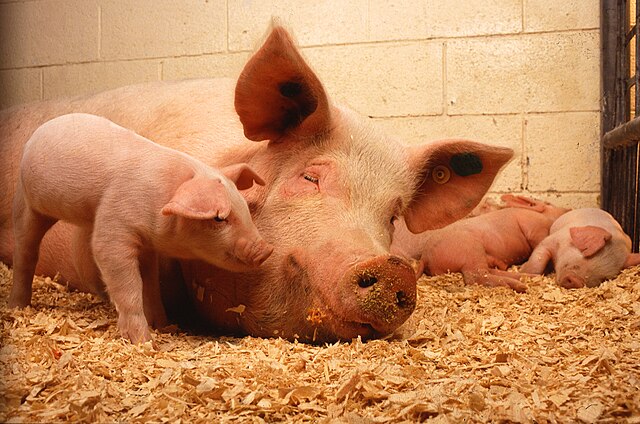The Humane League – THL, Dec 16, 2020 (Last Updated: Jul 07, 2022)
THL’s webpage describes animal rights advocates. The argue that “animal rights advocates believe that non-human animals should be free to live as they wish, without being used, exploited, or otherwise interfered with by humans. The idea of giving rights to animals has long been contentious, but a deeper look into the reasoning behind the philosophy reveals ideas that aren’t all that radical. Animal rights advocates want to distinguish animals from inanimate objects, as they are so often considered by exploitative industries and the law.”
What are animal rights?
Animal rights are moral principles grounded in the belief that non-human animals deserve the ability to live as they wish, without being subjected to the desires of human beings. At the core of animal rights is autonomy, which is another way of saying choice.
Animal rights advocates are in opposition to animal exploitation and any unnecessary destruction of animal habitats.
Do animals have rights?
Very few countries have enshrined animal rights into law. However, the US and the UK do have some basic protections and guidelines for how animals can be treated.
The UK Sentience Bill
The Animal Welfare (Sentience) Act 2022 (c. 22) is an act of the Parliament of the United Kingdom. It was introduced to Parliament by the Government of the United Kingdom at the 2021 State Opening of Parliament. The act recognizes animal sentience in law for the first time. The scope of the legislation includes all vertebrates and some invertebrates such as octopuses and lobsters.
The US Animal Welfare Act
The Animal Welfare Act (AWA) was signed into law on August 24, 1966. It is the only Federal law in the United States that regulates the treatment of animals in research, teaching, testing, exhibition, transport, and by dealers. The Act is enforced by USDA, APHIS, Animal Care.
However, as noted by THL, “while it is the biggest federal legislation addressing the treatment of animals to date, its scope is fairly narrow—the law excludes many species, including farmed animals, from its protections. The law does establish some basic guidelines for the sale, transport, and handling of dogs, cats, rabbits, nonhuman primates, guinea pigs, and hamsters. It also protects the psychological welfare of animals who are used in lab experiments, and prohibits the violent practices of dogfighting and cockfighting.” This law does not recognize the rights and autonomy of animals—or even their ability to feel pain and suffer, rather it provides some non-human animals some basic protections.
The AWA has been amended numerous times since its original passage in 1966. The Animal Welfare Information Center (AWIC) was authorized under the AWA’s 1985 amendment, ‘Improved Standards for Laboratory Animals Act’. Therefore, as part of AWIC’s mission, we provide information on the AWA to help people understand the law and its requirements.






